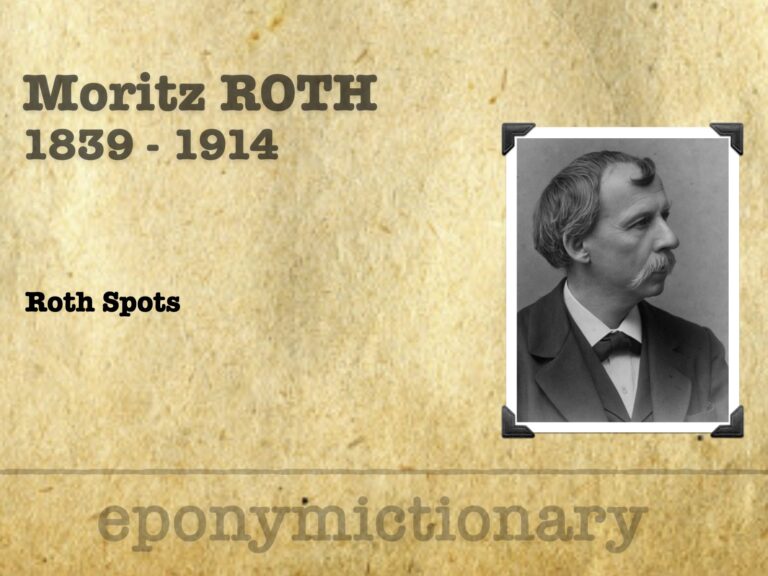
Moritz Roth
Moritz Roth (1839–1914), Swiss pathologist of Roth Spots. Advanced anatomical teaching and wrote a seminal biography of Vesalius, shaping modern medical historiography

Moritz Roth (1839–1914), Swiss pathologist of Roth Spots. Advanced anatomical teaching and wrote a seminal biography of Vesalius, shaping modern medical historiography
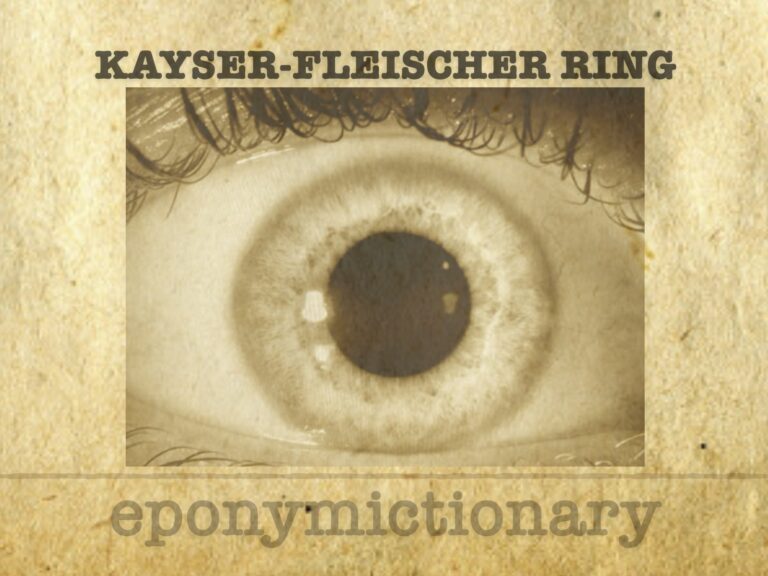
corneal ring at the level of Descemet’s membrane, caused by copper deposition in the cornea. It is a cardinal sign of Wilson’s disease (hepatolenticular degeneration)
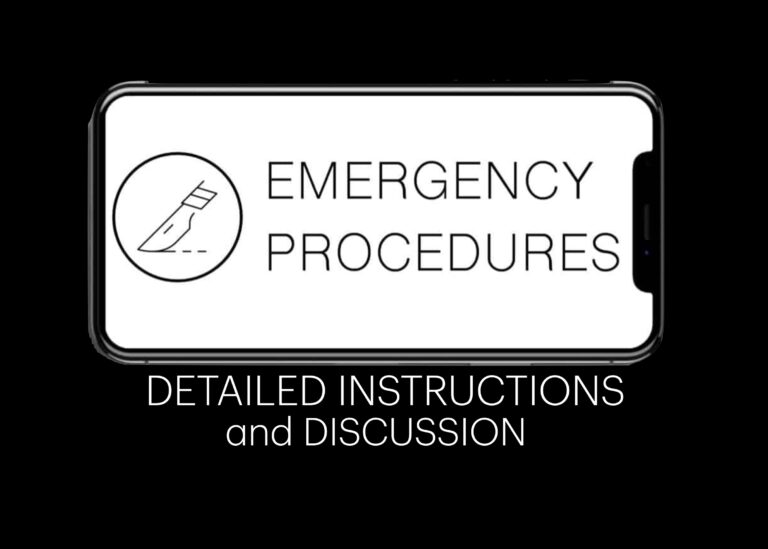
Emergency procedure, instructions and discussion: Ocular foreign body removal. Exactly what it says on the tin

Emergency Procedure: Ocular foreign body removal. Exactly what it says on the tin
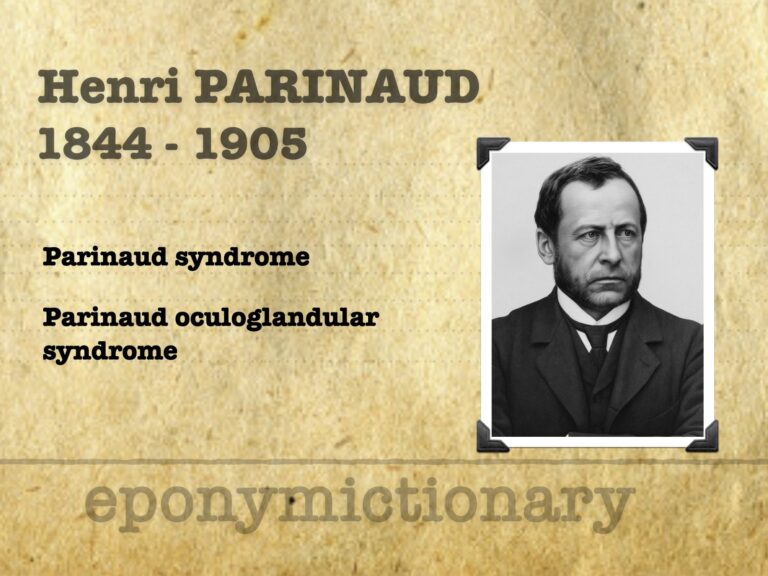
Henri Parinaud (1844-1905) was a French ophthalmologist and neurologist. Parinaud Syndrome (1883) aka Dorsal Midbrain Syndrome
Sir Norman McAlister Gregg (1892-1966) was an Australian ophthalmologist
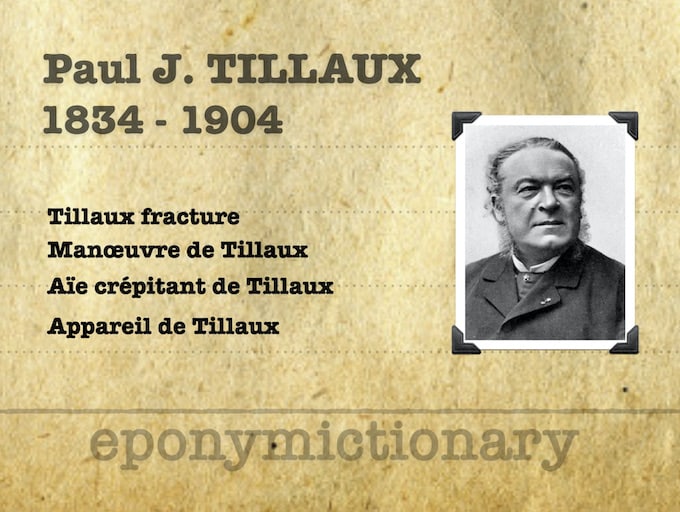
Paul Jules Tillaux (1834-1904) French Surgeon. Eponymously affiliated with the Tillaux fracture. First to describe 'Aïe crépitant de Tillaux'
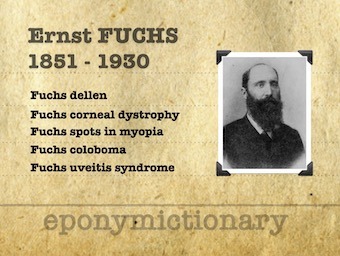
Ernst Fuchs (1851-1930) was an Austrian Professor of Ophthalmology. Eponyms: Fuchs Dellen, Fuchs Corneal dystrophy, Fuchs Spots in myopia, Fuchs uveitis syndrome and Fuchs coloboma.
Biography Born Lissa, 1825 studied medicine at Breslau, Heidelberg and Berlin 1857 – Breslau as an ophthalmologist 1894 – life member of the Prussian House of Lords Died 1902 Medical Eponyms Key Medical Contributions Major Publications Controversies References Biography Grzybowski A,…

Description Fuchs Spots is a term used to describe a raised, circular, pigmented lesion at the macular which develops after a subretinal haemorrhage has been absorbed. It is associated with moderate to high myopia. History of Fuchs Spots 1862 –…

Description Fuchs uveitis syndrome is a chronic non-granulomatous condition of uncertain cause. There is usually unilateral heretochromia iridis, white eye with stellate and grey-white keratic precipitates. There are no posterior synechiae. On Gonioscopy may see fine radial angle vessels which are…

Description Fuchs endothelial corneal dystrophy is characterised by bilateral endothelial cell loss. Examination signs include: central guttata – the presence of irregular warts or excrescences on Descemet membrane secreted by abnormal endothelial cells tiny dark spots caused by distribution of…